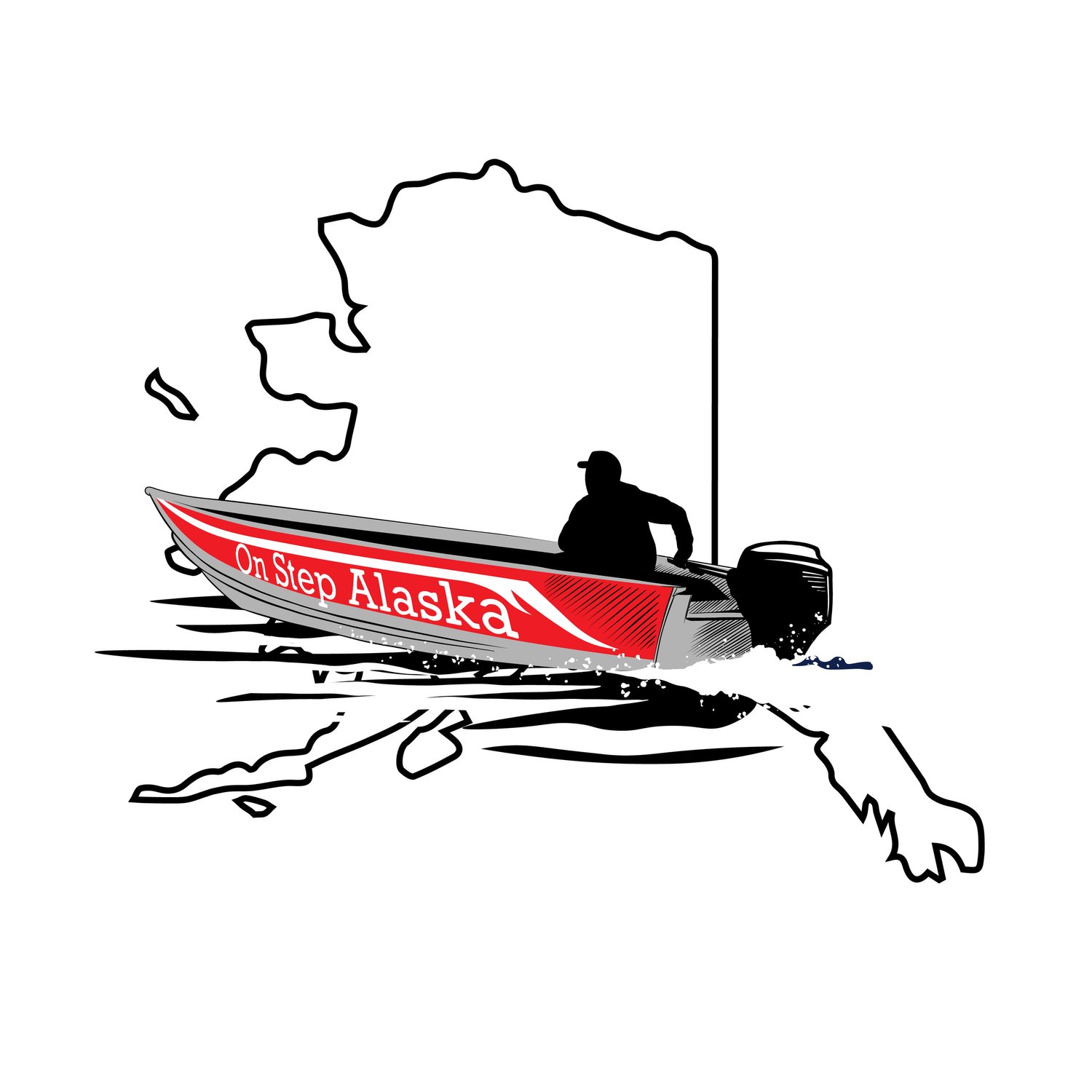Really skilled or really lucky?
We entered the muskeg peppered with small cedar trees and lousy with salal. I know devil’s club probably has the worst reputation for being viciously annoying, but patches of unreasonably noisy salal might be the plant I look least forward to encountering on a hunt. Even the slightest contact results in a sound that resembles opening a bag of tortilla chips and crushing them with your hands. Worse still, is while everything else loses its leaves and therefore the power to blow a stalk, the salal stubbornly stays green out of loyalty to the deer – both for warning and for winter sustenance.
My wife, Abby, and I slowly made our way through 75 yards of tortilla chips to an opening. I stopped at the sound of what was either a deer bumping out of a bed and tearing down a knob choked with brush, or an infant squirrel walking through a patch of salal.
I called and we sat before moving up and over a hill to a network of muskegs that would be our focal point for the day.
Abby stayed at the main one while I walked slowly on the edge, careful to keep my heels out of the muskeg to avoid sinking.
My muskeg hunting program is either a brilliant hybrid that incorporates calling and movement, or an impatient system completely dependent on luck. Rather than posting up, calling and attempting to draw in a buck from a great distance, I call softer, focusing on the muskeg in front of me. I’m hoping for a head turn, something to stand up or step out. I sit for 15 to 20 minutes — rather than 45 — then move on. The problem with this is that my success may come in spite of my method, not because of it. It’s impossible to really know because there is no postgame analysis, just conjecture. Does this tactic work, or is it simply a matter of me doing the same thing so often it’s bound to work once in a while? Did I bank-in a 3-pointer then just start calling glass from that point on?
I called, waited, then moved slowly and quietly through a transition to another small muskeg roughly fifty yards away. Since deer sometimes employ stillness as a safety mechanism, it’s beneficial to turn around and be sure nothing is moving behind you. I stopped and checked my six. To my right was a buck that I either passed on my left and didn’t notice, or that had emerged from the brush in the time it took me to cover the last thirty feet. Either way, I racked and fired.

